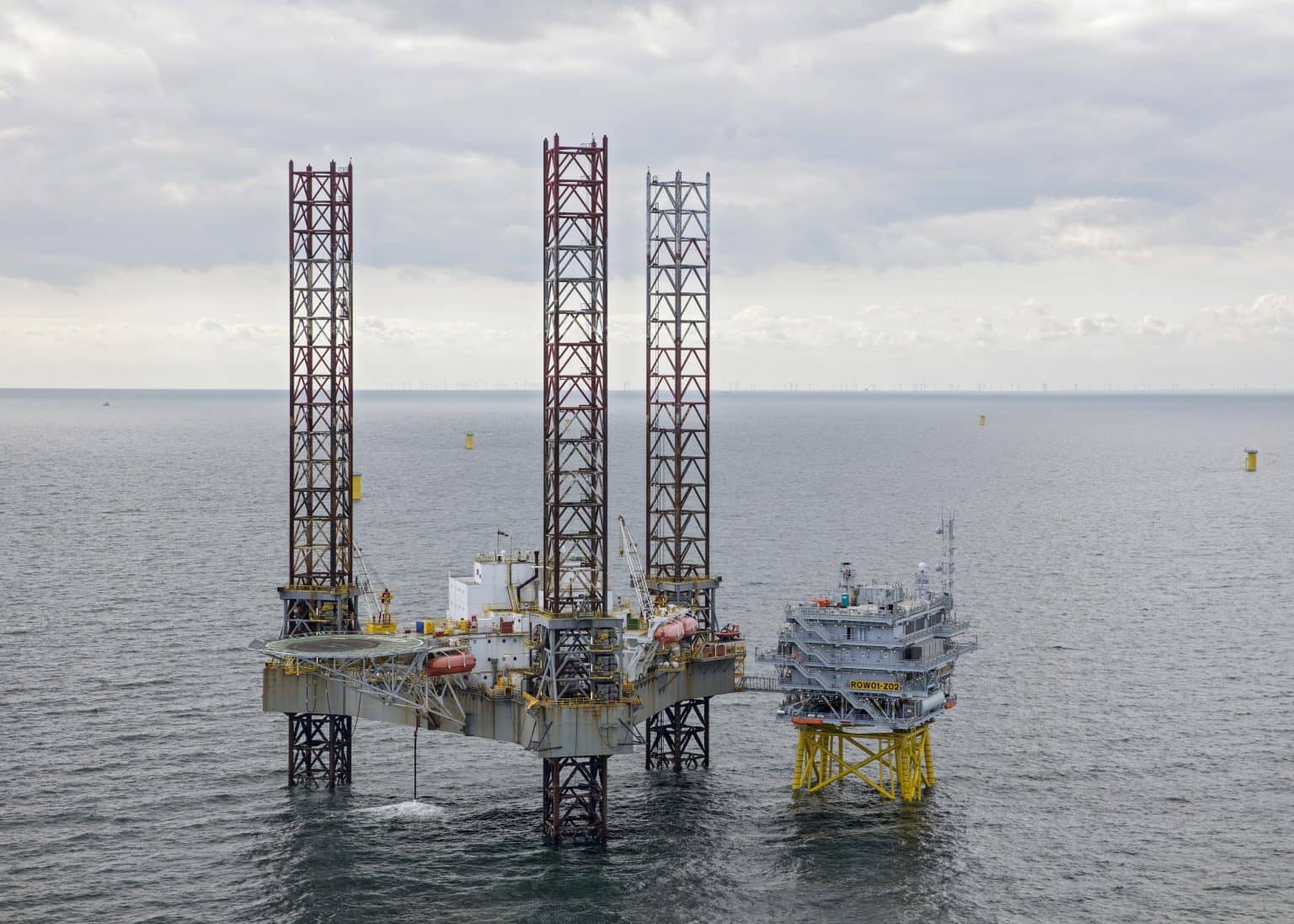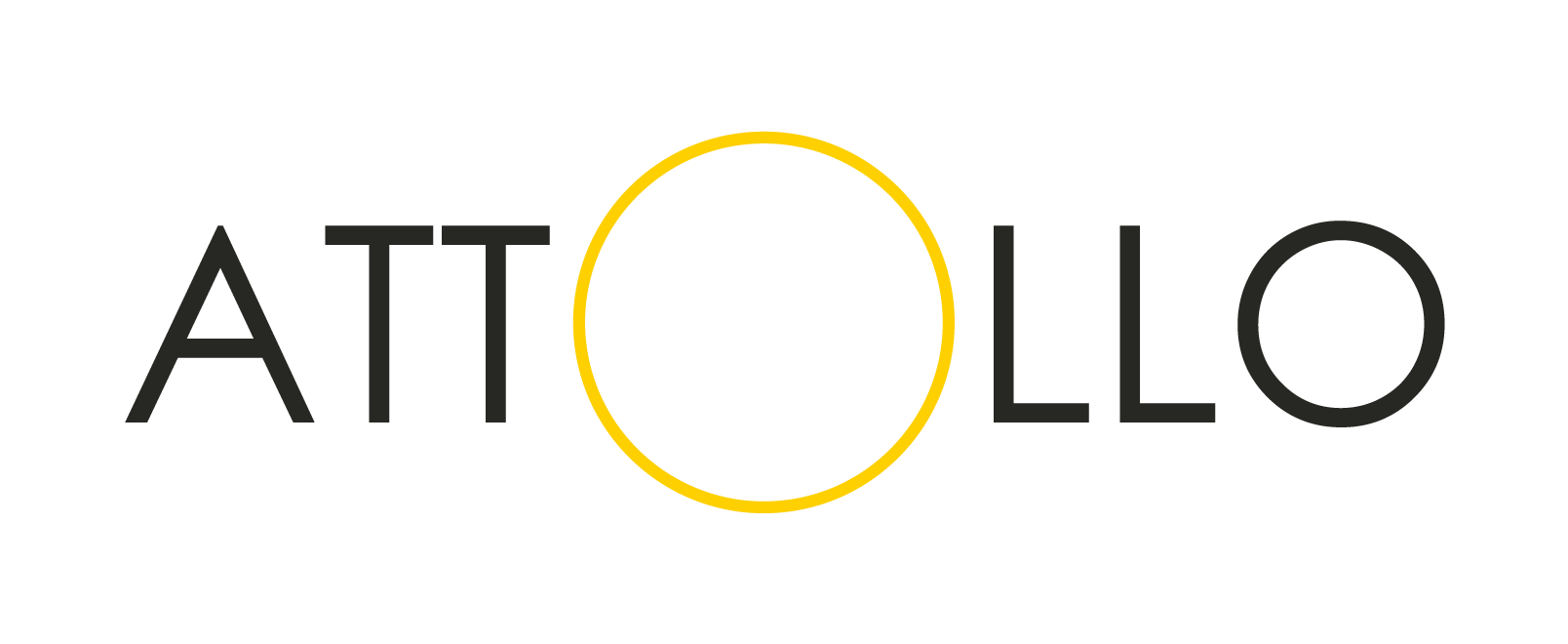
Transporting workers by vessel shuttling twice a day, or housing workers on a converted ferry or other floating accommodation solution present serious disadvantages. An increasing number of windfarm developers are turning to an alternative.
Using an accommodation jack-up rig to house large numbers of technicians and other workers on an offshore wind construction project, with a fixed gangway to the substation or to a boat landing, is still a relatively new concept, particularly at scale, but the approach carries with it many benefits.
Safety and stability.
Safety is obviously a key priority to any offshore campaign. Personnel working offshore on wind projects undergo intensive offshore training, so those housed on a jack-up are fully equipped in first aid, sea-survival, working at height, fire-fighting etc. Eliminating vessel trips and boat transfers improves any project’s risk profile and safety performance; in fact, walking to work mitigates most of the safety hazards normally presenting themselves.
For the project crew, a stable platform means no more rolling, no more sea sickness and no more consequential lack of sleep! When technicians unaccustomed to life at sea are accommodated on a “flotel”, sea-sickness and fatigue is all too common. Often completely debilitating for the most acute sufferers, that rocky feeling can put even the toughest technician off their stride and off work; this is not only bad news for project schedules but also increases substantially the risk of negative QHSE outcomes. The stable work environment offered by an accommodation jack-up removes this and ensures offshore workers can be well rested and can work at peak performance at all times.
Cost advantages.
Chartering a jack-up offshore accommodation platform to house workers is generally more expensive at the outset compared with sending small transfer vessels shuttling from shore to the project site every day. This applies even when factoring in the cost of onshore hotel accommodation for workers who are, mostly, not local. However, the economics change quite dramatically when distance-to-shore is taken into account; the greater the distance from shore, the more positive the cost benefit analysis of a jack-up accommodation rig becomes.
Moreover, the continued trend for projects to be sited at greater distances from shore bolsters further the economics of an accommodation rig. Project-scale (number of turbines) also has an impact; the larger the project, the better the economics of a fixed accommodation platform.
The accommodation rig scenario can be particularly helpful where project support bases are remote and/or where ports and harbours are poorly-equipped to cope with the heavy traffic arising from large numbers of individuals and frequent vessel shuttles.
Time savings.
Transporting technicians to and from a number of hotels to the jetty and on to the offshore worksite every day eats heavily into a technician’s contracted shift period, perhaps by up to six hours a day within a 12-hour shift and so slashing actual work time by half. Having technicians and other workers living on a rig offshore and walking to work across a bridge means employers get more productivity from their personnel and less fatigue; that can translate into lower safety risks as well as faster project execution
Project execution.
An accommodation rig can be located exactly where a project needs it and remain there for as long as necessary, minimising transfer distances for workers to the substation or other locations in the wider windfarm area. This takes the weather factor out of the equation almost entirely, so that workers can go to work even in fog, high winds and waves, and the operator knows the work will get done. Workers may be transferring via a ladder to a transfer vessel and a wave height of 2-2.5 m is normally manageable. Should the weather temporarily prevent work, having workers already out on the rig enables project managers to respond far more quickly to a positive change in the weather and get technicians working later that same day and back on schedule. Work activity type can also be switched much more easily to respond to conditions.
Risks to a project’s daily, weekly and monthly schedules are mitigated, and that translates into costs saved. For activity on the critical path, these could be up to a seven-figure amount a day; for any project, that’s an insurance policy worth having. In an average year, weather will cause a project to lose 10 per cent of work time, and therefore its schedule, in recent years with increasing extreme weather the figure has been nearer 15 per cent. For any project with a jack-up accommodation rig, the gains are huge.
Comfort and a real project community.
Living and working offshore is an acquired taste, and it can be tough, especially for technicians that may not have worked in this challenging environment before. Wind farm developers can make up for this by chartering the most comfortable environment they can ̶ comfortable cabins; good food; gym equipment; cinema lounges and internet. Having this kind of “community feel” offshore can aid teamwork and cohesion on a project and facilitate the feeling of belonging which individuals staying in different hotels can’t get. Individuals have more space once returned from shift and can benefit from the social side of working offshore. For the project itself, having everyone in one place helps with project cohesion, communications and overall safety performance.
As windfarms move further offshore and cost reductions and safety performance targets become ever more ambitious, developers will be looking for the most cost-effective solutions to accommodate workers. Jack-ups provide a safe, convenient and effective base for personnel and make a significant contribution to a project’s safety performance, as well as to its schedule, its bottom line and to the welfare of the technicians tasked with its delivery.
Our assets have assisted developers achieve these results; contact us to find out how we do it.
For more information, contact:
Share this insight


